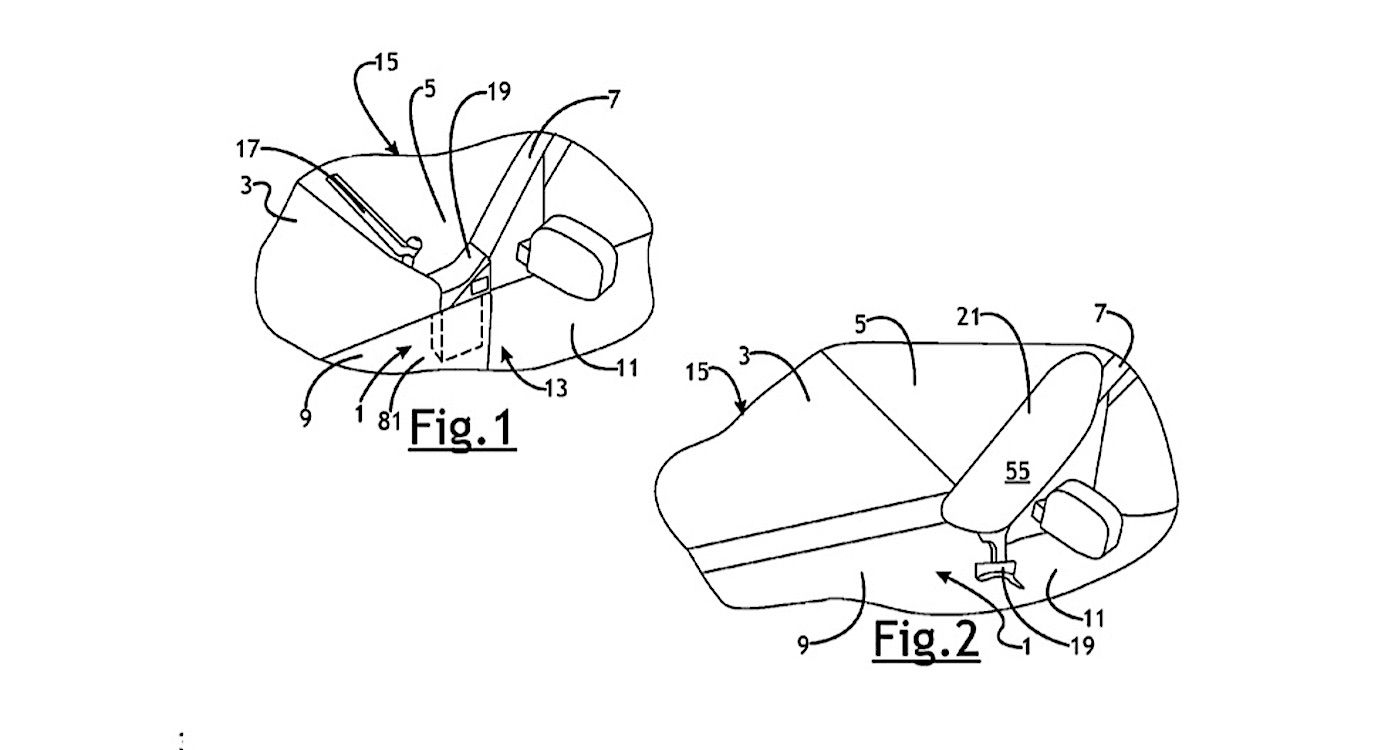Over the month of December, GM was granted more than 80 patents and, according to the Detroit Free Press, one of them was a patent for an external airbag that’s designed to “provide protection to a pedestrian.” GM isn’t the first company to take this route in order to protect those outside the vehicle, with Volvo being the first brand that comes to mind with a similar system that was introduced in Europe. Unfortunately, Volvo says it comes in second to crash prevention technology like that found as standard or optional equipment on most modern cars.
The patent, according to FREEP, describes the airbag being located in the fender area, ahead of the side doors but adjacent to the hood. One would assume the airbag would deploy milliseconds before impact and encase the whole front end or, at the very least, cover the windshield. Why the windshield? Well, according to Maeva Ribas, the manager of design analysis at The Carlab, it’s not the initial impact that’s fatal to pedestrians, but the secondary impact that occurs as pedestrians pass over the hood and hit the A-Pillars or the other areas around the windshield.
And, to be clear, GM isn’t exactly sure what it wants to do with the technology. Tom Wilkerson, the safety communications spokesman for GM, said, “The pedestrian protection airbag could become an important engineering solution in the future.” While another spokesperson, Patrick Morrissey, said: “It’s a promising technology, but we have no specific production plans at this time.”
As you can see, it’s certainly something that GM is looking into, but it’s not necessarily something you’ll find on your 2020 Chevy Impala. As of now, GM has some 40,000+ patents on file, and this one could very well fade into the abyss, being used only as a method of protecting design options down the road. With that in mind, I wouldn’t rule it out quite yet – In 2015 alone, more than 5,000 pedestrians were killed by cars in the U.S. And, in 2016, the figure raised to nearly 6,000 – the largest increase in pedestrian fatalities on record. So, it’s an ongoing problem and, while the U.S. isn’t as strict as it could be on pedestrian protection, other markets are, and the U.S. could very easily follow suit.
What do you think? Should automakers focus more on preventing the collision altogether or should the focus be on preventing injury in the event of an accident? Should both technologies be put to use? Let us know in the comments section below.
References
Read more General Motors news.
Read more technology news.

